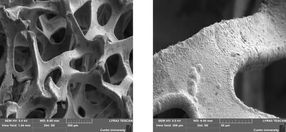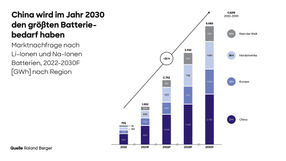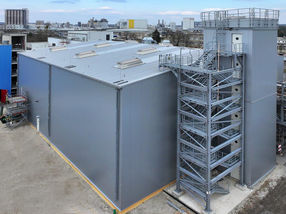Nickel - 130 News
Tipp: Sie können Ihre Newsauswahl durch Ressorts, Organisationen, Länder und Branchen weiter verfeinern.
Nickel - 130 News
Tipp: Sie können Ihre Newsauswahl durch Ressorts, Organisationen, Länder und Branchen weiter verfeinern.
Anzeigen
Nickel - News nach Ressort
Nickel - News nach Branche
Nickel - News nach Ländern
Noch nicht die richtige News gefunden?
Die chemie.de Newssuche
Starten Sie jetzt ihre gezielte Suchanfrage mit einer breiten Auswahl an Filtermöglichkeiten. Unsere Datenbank umfasst ein Archiv von 32.133 Chemie News aus Wirtschaft und Wissenschaft, die sie zeitlich und geografisch gefiltert nach Themen und Organisationen durchsuchen können.































